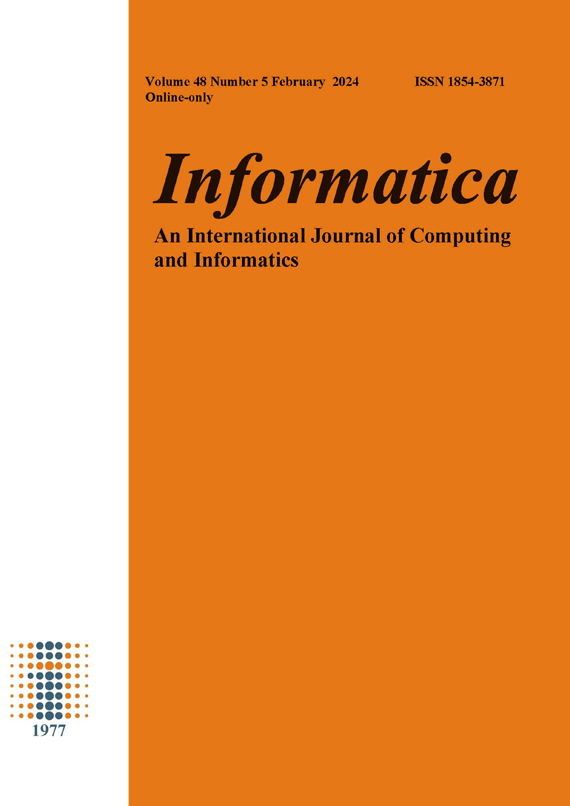Efficient COVID-19 Prediction by Merging Various Deep Learning Architectures
DOI:
https://doi.org/10.31449/inf.v48i5.5424Abstract
In late 2019, COVID-19 virus emerged as a dangerous disease that led to millions of fatalities and changed how human beings interact with each other and forced people to wear masks with mandatory lockdown. The ability to diagnose and detect this novel disease can help in isolating the infected patients and curb the spread of the virus. Artificial intelligence techniques including machine learning showed huge potential in accurately classifying COVID-19 chest X-ray images. In this paper, we propose to combine multiple powerful CNN models (Xception, VGG-16, VGG-19) using the rule of sum. Each of these models is trained from scratch and tested on the given test images. The dataset was collected from a large public repository of COVID images with three classes: COVID, Normal, and Pneumonia. During experiments, data augmentation is also applied to provide more training samples. Experimental results show that combining multiple models improve the classification accuracy and achieve better performance than standalone models. An accuracy of 97.91% was achieved using a combination of three models which outperforms state-of-the-art techniques.Downloads
Published
Issue
Section
License
I assign to Informatica, An International Journal of Computing and Informatics ("Journal") the copyright in the manuscript identified above and any additional material (figures, tables, illustrations, software or other information intended for publication) submitted as part of or as a supplement to the manuscript ("Paper") in all forms and media throughout the world, in all languages, for the full term of copyright, effective when and if the article is accepted for publication. This transfer includes the right to reproduce and/or to distribute the Paper to other journals or digital libraries in electronic and online forms and systems.
I understand that I retain the rights to use the pre-prints, off-prints, accepted manuscript and published journal Paper for personal use, scholarly purposes and internal institutional use.
In certain cases, I can ask for retaining the publishing rights of the Paper. The Journal can permit or deny the request for publishing rights, to which I fully agree.
I declare that the submitted Paper is original, has been written by the stated authors and has not been published elsewhere nor is currently being considered for publication by any other journal and will not be submitted for such review while under review by this Journal. The Paper contains no material that violates proprietary rights of any other person or entity. I have obtained written permission from copyright owners for any excerpts from copyrighted works that are included and have credited the sources in my article. I have informed the co-author(s) of the terms of this publishing agreement.
Copyright © Slovenian Society Informatika








